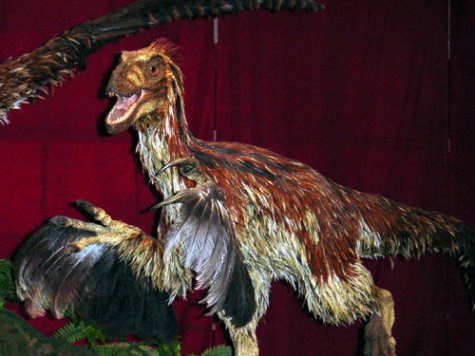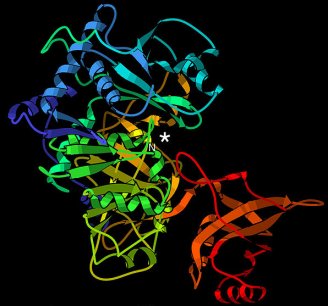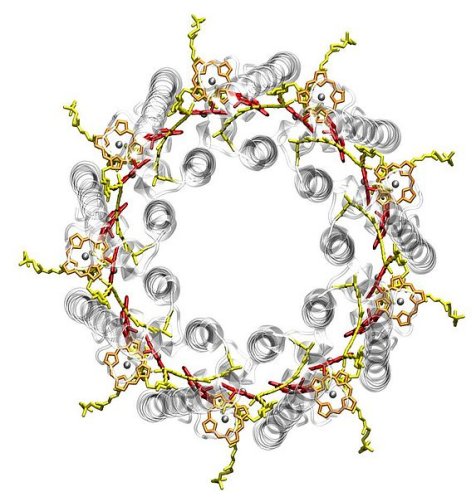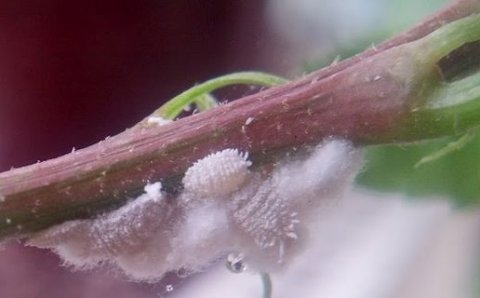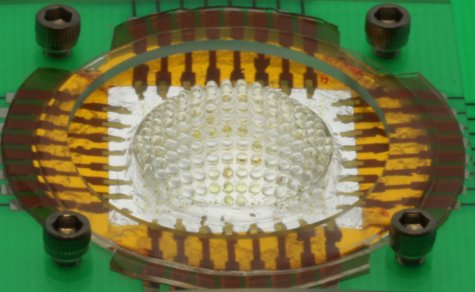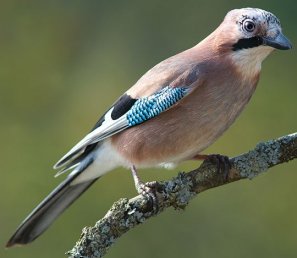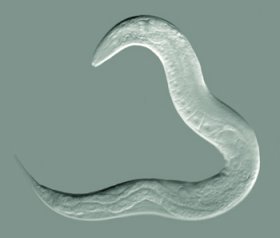
Why am I telling you about this young lady? Because she recently wrote an article entitled, “I’m a Direct Descendant of Darwin…and a Catholic.” Now the title didn’t surprise me at all. I know a lot of Catholics (and even more Protestants) who believe in evolution. Indeed, one of the leaders of the Intelligent Design movement, Dr. Michael Behe, says:1
You can be a good Catholic and believe in Darwinism. Biochemistry has made it increasingly difficult, however, to be a thoughtful scientist and believe in it.
However, as I read the article, I couldn’t help but smile. You see, Laura was raised Catholic but drifted away from the faith after her mother became a Buddhist and her brother rejected all organized religion. By the time she was studying for her Doctor of Philosophy degree, she was an agnostic. During that time, however, Richard Dawkins had opened up an international dialogue on the existence of God with his thoroughly awful book, The God Delusion. Well, Laura decided to read Dawkins and his fellow New Atheists, and she says:
I expected to be moved from agnosticism to atheism by their arguments, but after reading on both sides of the debate, I couldn’t dismiss a compelling intellectual case for faith. As for being good without God, I’d tried and didn’t get very far. At some point, life will bring you to your knees, and no act of will is enough in that situation. Surrendering and asking for grace is the logical human response.


